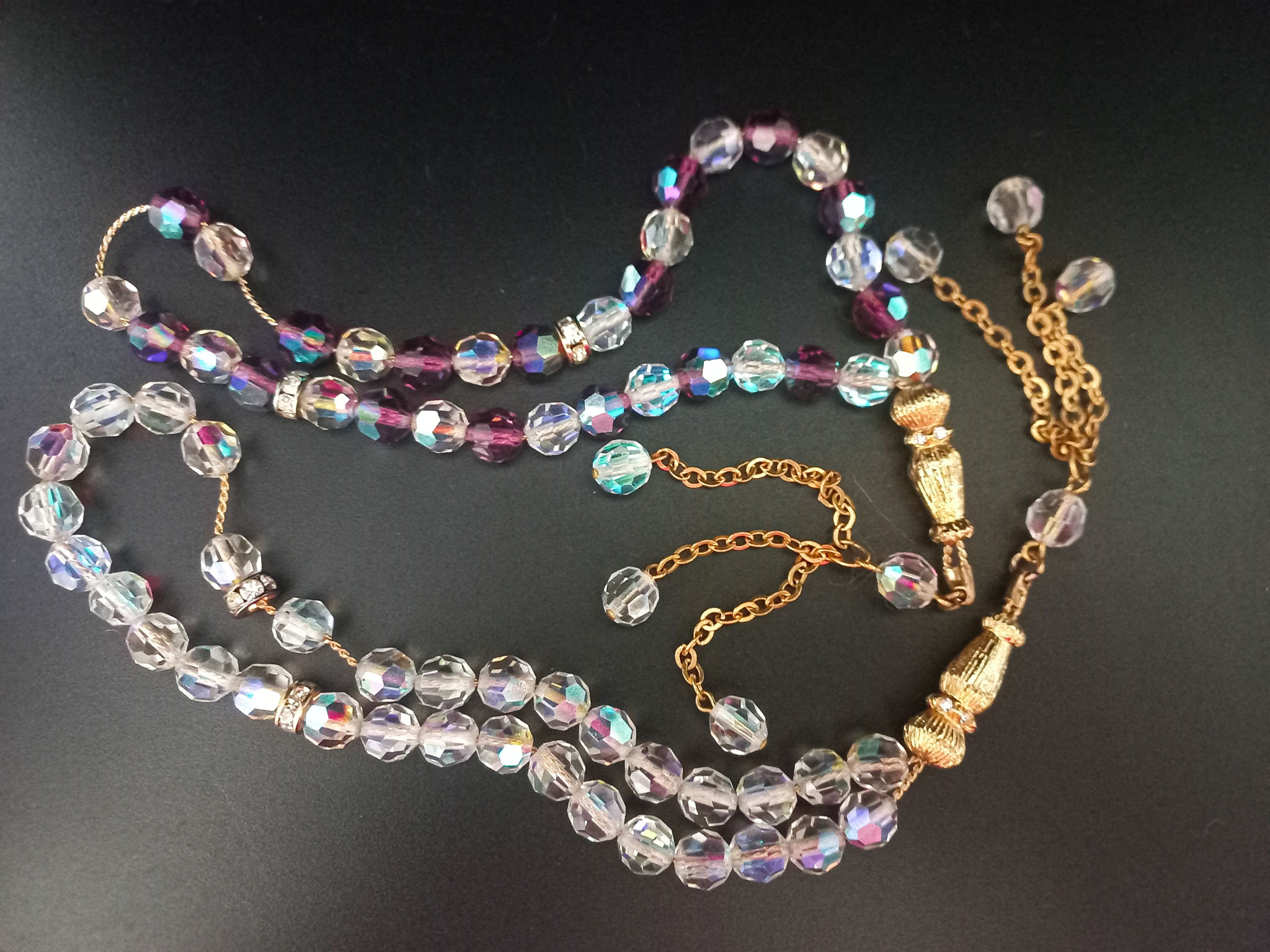A Guide to Understanding Jewellery Trading Trends in the Middle East
Exploring the Dynamics of Jewellery Trading in the Middle East
The Middle East has long been a hub for the jewellery trade, with its rich history and cultural significance playing a pivotal role in shaping global trends. As one of the most lucrative markets, understanding the dynamics of jewellery trading in this region is essential for businesses and enthusiasts alike.
With a blend of traditional craftsmanship and modern innovation, the jewellery market in the Middle East offers a unique landscape. This guide will explore current trends, consumer preferences, and the factors driving the market's growth.

Historical Significance and Cultural Influence
Jewellery holds a special place in Middle Eastern culture, often symbolizing wealth, status, and heritage. The region's historical ties to precious metals and gemstones have fostered a deep appreciation for fine jewellery. The intricate designs and craftsmanship seen in Middle Eastern jewellery are not only admired locally but have also influenced global styles.
Traditional pieces, such as those incorporating Arabic calligraphy or regional motifs, remain popular. However, there is a growing trend towards contemporary designs that blend East and West aesthetics, appealing to younger generations seeking modern expressions.
Market Trends and Consumer Preferences
In recent years, there has been a notable shift in consumer preferences towards personalized and bespoke jewellery. Consumers increasingly value unique pieces that reflect personal stories or milestones. This trend has led to a rise in custom jewellery services, offering tailored designs to meet individual tastes.

The demand for ethically sourced materials is also gaining traction. With heightened awareness of environmental and social issues, consumers are leaning towards brands that emphasize sustainability and ethical practices. This shift is encouraging more jewellers in the region to adopt transparent sourcing and manufacturing processes.
Technological Innovations Transforming the Industry
The adoption of technology is revolutionizing the jewellery industry in the Middle East. E-commerce platforms are expanding, making it easier for consumers to access a wide range of products from anywhere in the world. Virtual try-on technologies and augmented reality are enhancing the shopping experience by allowing customers to visualize how pieces will look before purchase.
Blockchain technology is also making its mark by ensuring traceability and authenticity of precious metals and gemstones. This transparency builds trust with consumers who are increasingly concerned about the provenance of their purchases.

Challenges and Opportunities Ahead
Despite its robust growth, the Middle Eastern jewellery market faces challenges such as fluctuating gold prices and economic uncertainties. However, these challenges also present opportunities for innovation and resilience. Brands that can adapt to changing consumer behaviors while maintaining quality and authenticity are likely to thrive.
Moreover, collaborations between local artisans and international designers can foster creativity and bring fresh perspectives to the market. Such partnerships can result in collections that appeal to diverse audiences, bridging cultural gaps while celebrating local heritage.
The Future of Jewellery Trading in the Middle East
Looking ahead, the jewellery trading landscape in the Middle East is poised for continued evolution. As consumer preferences evolve and technological advancements continue to shape the industry, businesses must remain agile and responsive to emerging trends.
The region's rich cultural heritage combined with modern-day innovation offers a promising future for jewellery trading. By understanding these dynamics, businesses can better navigate the market and capitalize on opportunities for growth and expansion.
